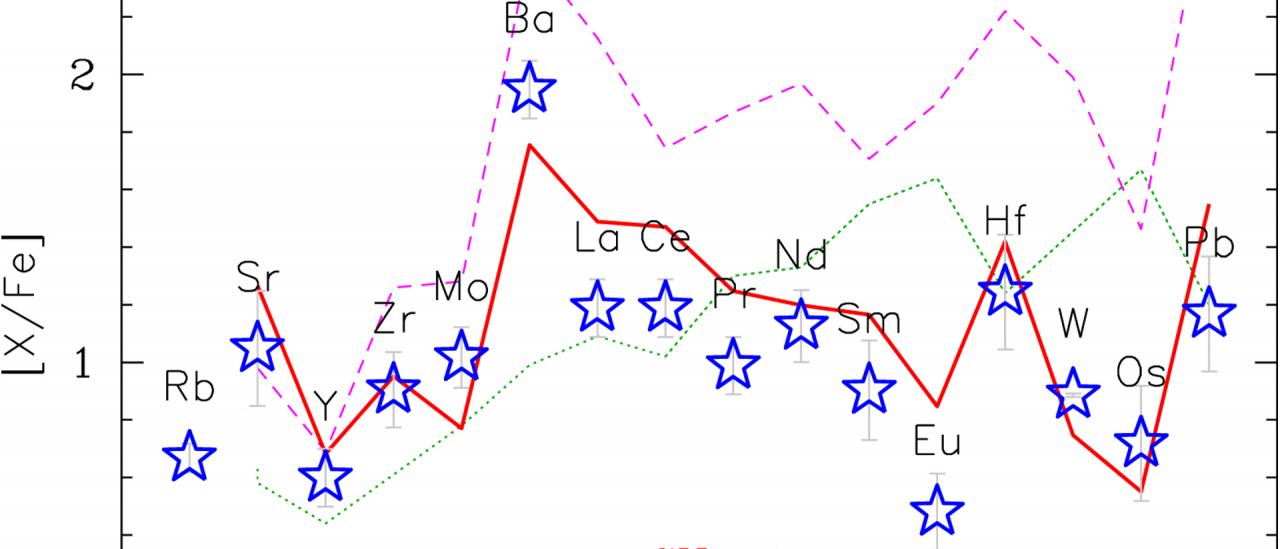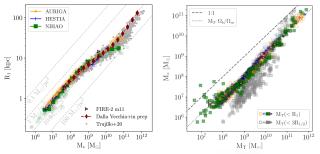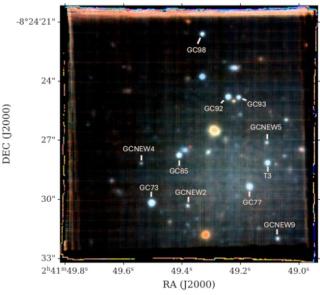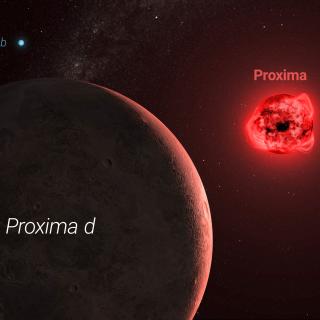The recently discovered phosphorus-rich stars pose a challenge to stellar evolution and nucleosynthesis (that is, the formation of chemical elements in stellar interiors) theory, as none of the existing models can explain their extremely peculiar chemical abundances pattern. Apart from the large phosphorus (P) enhancement, such stars also show enhancement in other light (O, Mg, Si, Al) and heavy (e.g., Ce) elements. Thanks to the Spanish Service Time at the Nordic Optical Telescope, we have recently obtained high-resolution optical spectra of two optically bright phosphorus-rich stars (including a new P-rich star), for which we have determined the elemental abundances for a large number of heavy (neutron-rich or neutron-capture) elements; some of them very exotic like Rb, Sr, Y, etc. When compared to other appropriate metal-poor and neutron-capture enhanced stars, the two P-rich stars show heavy-element overabundances similar to low neutron density s-process nucleosynthesis (the formation of heavy elements by slow neutron captures), with high first- (Sr, Y, Zr) and second-peak (Ba, La, Ce, Nd) element enhancements (even some Pb enhancement in one star) and a negative [Rb/Sr] ratio. However, this s-process is distinct from the one occurring in asymptotic giant branch (AGB) stars; the only stellar site currently known where such neutron-capture nucleosynthesis takes place. The notable distinctions encompass larger [Ba/La] and lower Eu and Pb than so-called CH stars at similar metallicity ([Fe/H] ~ -1). The neutron-capture enhanced CH stars are AGB mass transfer binaries and their s-process elements pattern corresponds well to the standard s-process in AGB stars. Our observations should guide stellar nucleosynthesis theoreticians and observers to identify the P-rich star progenitor, which represents a new site for s-process nucleosynthesis, with important implications for the chemical evolution of our Galaxy.
Heavy-element abundance pattern for a P-rich star (blue stars), together with the abundances of stars representative of the s- (CH; red), i- (CEMP-i; magenta), and r- (EMP-r; green) neutron capture processes.
Advertised on
Authors
Thomas
Masseron
Domingo Aníbal
García Hernández
Olga María
Zamora Sánchez
Arturo
Manchado Torres
References




